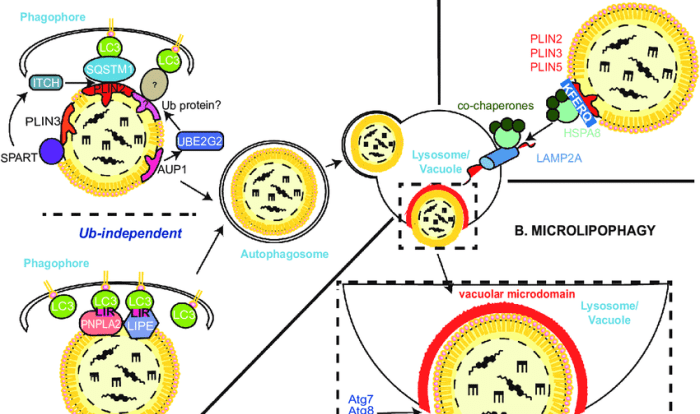Determine which statements about glycosaminoglycans are true: Embark on a captivating journey into the intricate world of glycosaminoglycans, where we unravel their chemical composition, explore their diverse functions, and delve into their clinical significance. Prepare to be enthralled as we uncover the fascinating properties of these essential molecules.
Glycosaminoglycans, a class of complex carbohydrates, play a pivotal role in the extracellular matrix, contributing to tissue hydration, lubrication, and cell signaling. Their structural diversity and involvement in various biological processes make them a subject of immense scientific interest.
Glycosaminoglycan Structure

Glycosaminoglycans (GAGs) are linear polysaccharides composed of repeating disaccharide units. The repeating units consist of an amino sugar and a uronic acid or N-acetylgalactosamine.
GAGs exhibit structural diversity, with variations in the type of amino sugar, uronic acid, and sulfation patterns. This diversity contributes to their unique physicochemical properties and biological functions.
Types of Glycosaminoglycans
- Hyaluronic acid: Contains glucuronic acid and N-acetylglucosamine, lacks sulfate groups.
- Chondroitin sulfate: Contains glucuronic acid and N-acetylgalactosamine, with varying sulfation patterns.
- Keratan sulfate: Contains galactose and N-acetylglucosamine, with sulfate groups on the galactose residues.
- Heparan sulfate: Contains glucuronic acid and N-acetylglucosamine, with complex sulfation patterns and a high degree of branching.
- Heparin: A highly sulfated form of heparan sulfate, with anticoagulant properties.
Glycosaminoglycan Functions
GAGs are essential components of the extracellular matrix (ECM), providing structural support, hydration, and lubrication.
Roles in the Extracellular Matrix
- Structural support:GAGs interact with collagen and elastin to form a network that provides strength and resilience to the ECM.
- Hydration:GAGs are highly hydrophilic and bind large amounts of water, contributing to tissue hydration and cushioning.
- Lubrication:GAGs reduce friction between tissues, facilitating movement and preventing wear and tear.
Cell Signaling and Growth Factor Interactions
GAGs play a role in cell signaling and growth factor interactions. They bind to growth factors and present them to receptors on the cell surface, modulating cell proliferation, differentiation, and migration.
Glycosaminoglycan Synthesis and Degradation: Determine Which Statements About Glycosaminoglycans Are True

GAGs are synthesized in the Golgi apparatus by a series of enzymes that add and modify sugar residues.
Biosynthesis
- The core protein is synthesized on the ribosomes and transported to the Golgi apparatus.
- Enzymes in the Golgi apparatus add sugar residues to the core protein, forming the GAG chain.
- The GAG chain undergoes further modifications, such as sulfation and epimerization.
Degradation
GAGs are degraded by a family of enzymes called glycosaminoglycanases. These enzymes break down the GAG chain into smaller fragments, which are then recycled or excreted.
Regulation
The synthesis and degradation of GAGs are tightly regulated to maintain tissue homeostasis. Factors such as growth factors, cytokines, and hormones influence GAG metabolism.
Clinical Significance of Glycosaminoglycans

Abnormalities in GAG metabolism can lead to various diseases and conditions.
Diseases Associated with GAG Abnormalities
- Mucopolysaccharidoses:A group of inherited disorders caused by deficiencies in GAG-degrading enzymes, leading to GAG accumulation in tissues.
- Osteoarthritis:A degenerative joint disease characterized by the breakdown of cartilage, which contains high levels of GAGs.
- Cancer:GAGs play a role in tumor growth and metastasis, and their altered expression is associated with certain types of cancer.
Diagnostic Tests, Determine which statements about glycosaminoglycans are true
GAGs are used in diagnostic tests to detect and monitor diseases. For example, urine GAG analysis can help diagnose mucopolysaccharidoses.
Therapeutic Applications
GAGs have potential therapeutic applications in various diseases. For example, hyaluronic acid is used as a viscosupplement in osteoarthritis to improve joint function and reduce pain.
Questions and Answers
What are glycosaminoglycans?
Glycosaminoglycans are long, unbranched polysaccharides composed of repeating disaccharide units, consisting of an amino sugar and a uronic acid.
What is the role of glycosaminoglycans in the extracellular matrix?
Glycosaminoglycans contribute to the extracellular matrix’s structure, hydration, and lubrication, providing a supportive environment for cells.
How do glycosaminoglycans contribute to cell signaling?
Glycosaminoglycans interact with various growth factors and signaling molecules, influencing cell proliferation, differentiation, and migration.
